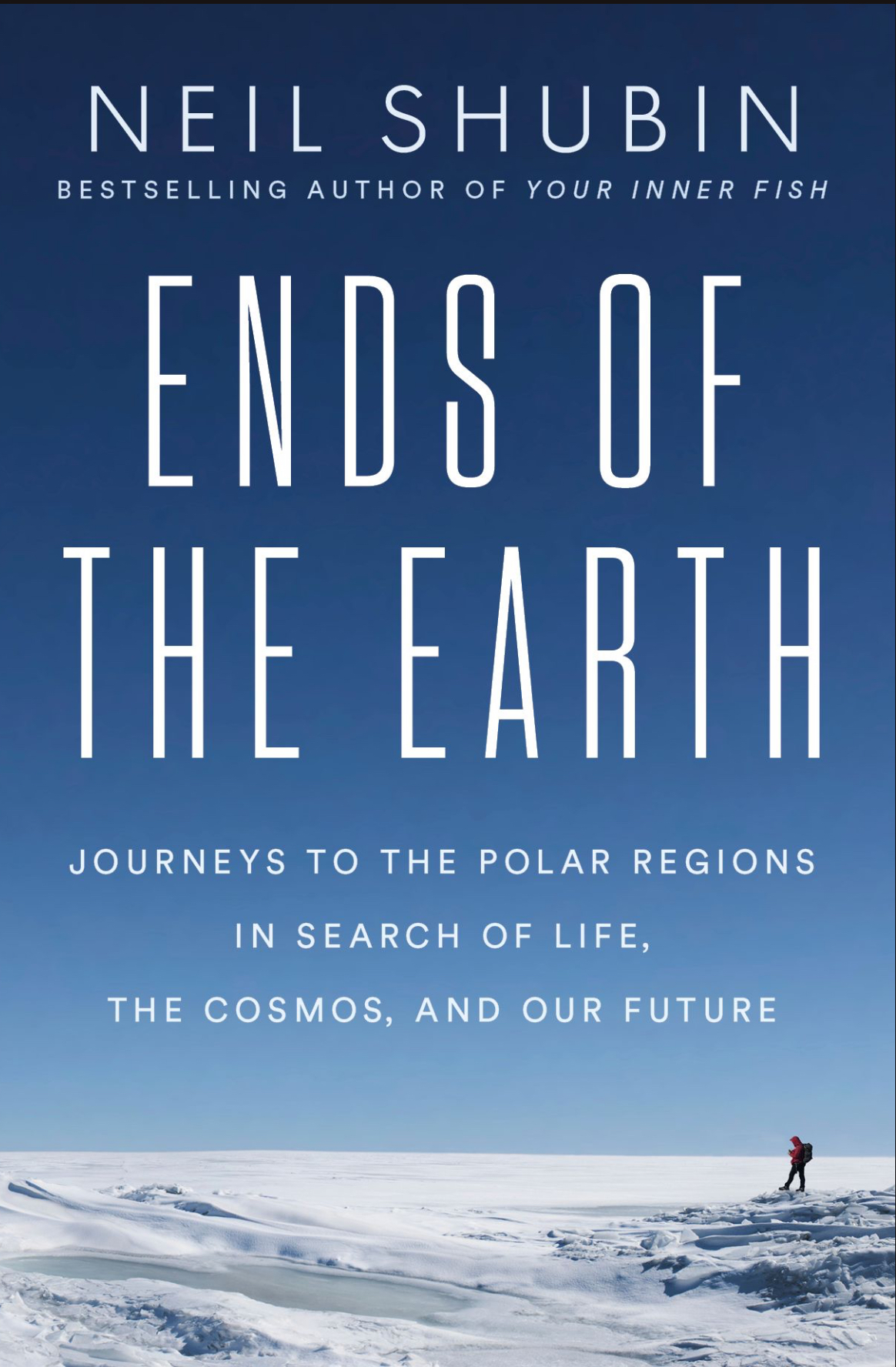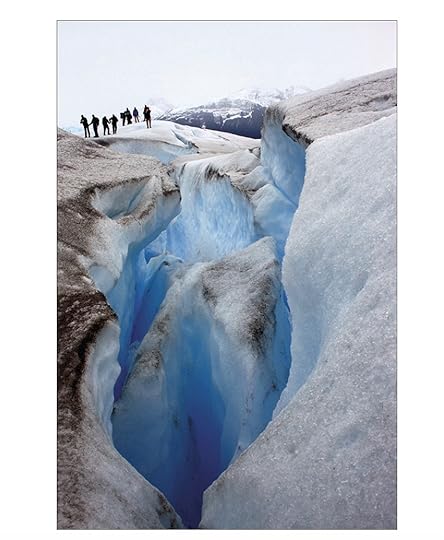What do you think?
Rate this book


288 pages, Hardcover
First published February 4, 2025
“Polar ice caps have only been a feature of our planet for roughly 10 percent of its existence. Our perception of what is geographically “normal” is skewed by the fact that the entire history of our species happened during a special time on planet Earth—one with ice at both poles. For most of Earth’s history, despite relatively short and occasionally dramatic episodes of freezing, Earth had Open Polar Seas.”

“Antarctica and the Arctic are warming, and polar treaties are straining as fast as ice melts and species disappear. Our fragile window for understanding the cosmos, the planet, and ourselves is closing. The science of Earth’s most remote places and the stories of the people who work there are becoming ever more urgent and relevant.”
“When plans go awry in polar regions, patience becomes the best strategy—patience with the weather, the people on the team, and, most important, one’s own emotional and physical limitations.”
“For those of us accustomed to lower latitudes it is easy to become untethered from reality in the strange and isolated environments at the poles. Expeditions working both in Antarctica and the Arctic have had to deal with crews who became unhinged. One Argentine crew member burned down his Antarctic base after learning he had to overwinter there. And one Russian stabbed his Antarctic colleague for spoiling the endings of books. Then there’s the Australian who became so dangerous he had to be locked in the freezer of Mawson Station in the 1950s. There was also the physician who poisoned his own patient and expedition leader, Charles Hall, on an American expedition to the North Pole in the 1800s. Tales of depression, psychosis, mutiny, and murder are rife in accounts of exploration at both poles.”